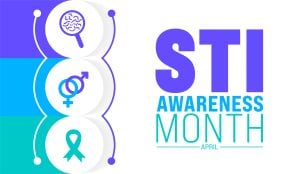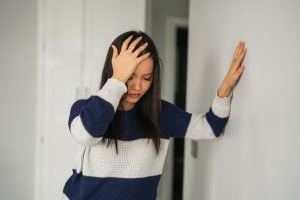 April is World Autism Acceptance Month, an opportunity for everyone to come together and raise awareness, foster acceptance, and create a society where autistic people are supported, understood, and empowered.
April is World Autism Acceptance Month, an opportunity for everyone to come together and raise awareness, foster acceptance, and create a society where autistic people are supported, understood, and empowered.
Autism Spectrum Disorder (ASD), is a complex, lifelong developmental condition that typically appears during early childhood and can impact a person’s social skills, communication, relationships, and self-regulation.
The Autism experience is different for everyone. Defined by a specific set of behaviors, it is often referred to as a “spectrum condition” that affects people differently and to varying degrees.
There is no known single cause for Autism, however, it is generally accepted that differences in brain structure or genetic factors cause it. Early diagnosis and intervention can support an Autistic individual with the resources needed to live fully.
There are many ways to participate in Autism Acceptance Month, including:
- Listen to and amplify autistic voices
- Create inclusive spaces
- Advocate for policy change
- Educate yourself and others
- Support the autism community
Autism Acceptance Month celebrates and honors the experiences and identities of Autistic individuals. It emphasizes understanding, inclusion, and support, moving beyond awareness towards meaningful acceptance. We all need to do our part to help create a society that actively supports and includes autistic individuals.
All content of this newsletter is intended for general information purposes only and is not intended or implied to be a substitute for professional medical advice, diagnosis or treatment. Please consult a medical professional before adopting any of the suggestions on this page. You must never disregard professional medical advice or delay seeking medical treatment based upon any content of this newsletter. PROMPTLY CONSULT YOUR PHYSICIAN OR CALL 911 IF YOU BELIEVE YOU HAVE A MEDICAL EMERGENCY.










